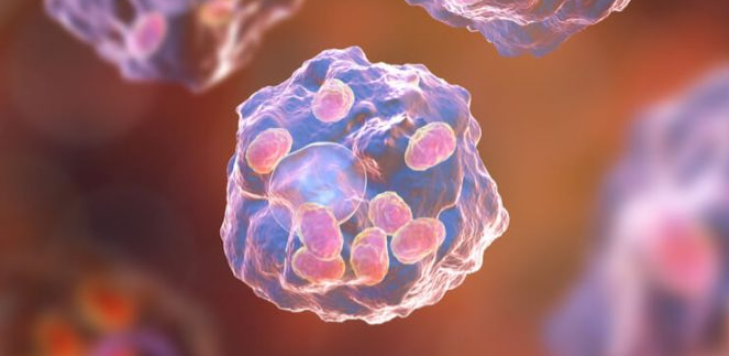Vaccines use a weak pathogen, when put into the body, stimulates the individual’s antibody production. Translation: You inject a weak virus into your body, to kickstart your body’s immune system to fight off the stronger virus.
The Body’s Immune System
When germs and viruses enter your body, they multiply and attack. Very much like an invasion attacking a castle. Your body’s (the castle) immune system has several tools to fight them off. This immune system is a complex network of cells and proteins that defends the body from infection (attacking invasions).
Red blood cells carry oxygen to your tissues and organs. White or immune cells fight infections. These fighters (white cells) consist of macrophages, B-lymphocytes, and T-lymphocytes. Think of the red blood cells as your medics and your white blood cells as your attackers and defenders.
The red blood cells help provide the resources to keep your castle up and running. The white blood cells are your defense and attack off the invaders.
Macrophages job is twofold. They swallow and digest dying cells. They also leave a small part of the invaders behind to help identify them as dangerous. This allows your body to help identify the enemy. These left-over invading germs are called antigens. When these antigens are seen again, the body stimulates the white blood cells into action, attacking them.
B-lymphocytes produce antibodies to attack the antigens that are left behind. These guys replicate in order to attack those recognized invaders. These invaders or enemy wants to do harm.
T-lymphocytes attack the infected cells in the body. Cells replicate. Your body does not want an infected cell to replicate. These guys will attack and kill of those infected cells before they replicate.
You can get a Worksheet set covering Immunization and Vaccines!
Get a Worksheet Set sent straight to your email every month!
In a visual, the T-lymphocytes attack infected cells, so they do not replicate. The macrophages come in and clean up the dead cells while leaving some behind to help remember the enemy. The B-lymphocytes will go on the attack against these known antigens. The definition of an antigen is a toxin or foreign substance creating an immune response.
When someone gets sick (being attacked by germs or viruses), this scenario of attacking and defending occurs. This may take you a couple of days to beat off the invasion, help identify the enemy. Some of the T-lymphocytes will be used to remember what the enemy is. This way, if a known enemy (antigen) comes back, the B-lymphocytes will replicate and attack the enemy.

How Vaccine Works
Vaccines imitate germs and viruses. It is used to warn the body of a possible invasion. Rather than having a large invasion ( a nasty virus like Covid-19), a vaccine introduces a smaller invasion to the body that looks and acts like the larger army.
The body will go into defense mode and the above scenario plays out. Now the body will recognize and be ready for the larger invasion. When the really nasty invasion attacks the body, your immune system recognizes it, via T-lymphocytes and your attackers, B-lymphocytes, will defend.
By introducing this smaller attack, allows your body to be ready and with enough time produce a standing army for defense.
Why do we sometimes need two vaccine shots?
Because sometimes the first vaccine dose does not provide enough immunity. A second dose may be needed to boost or build a more complete immunity. Keep in mind, the vaccine is not providing you anything but helps your body create or build an immunity. Your body is producing the defense.
